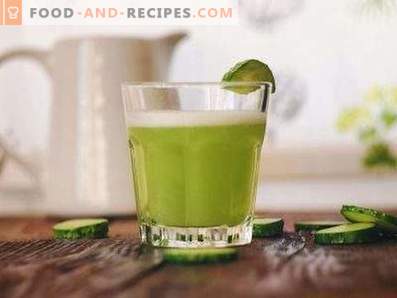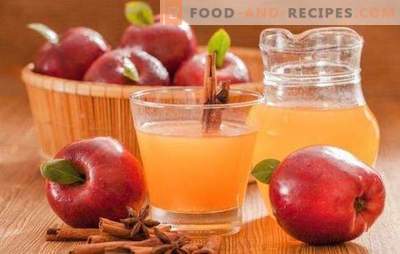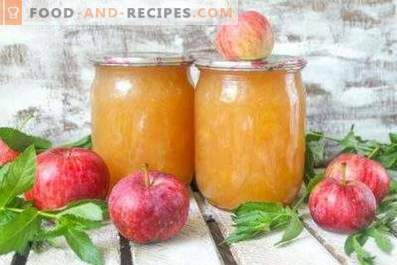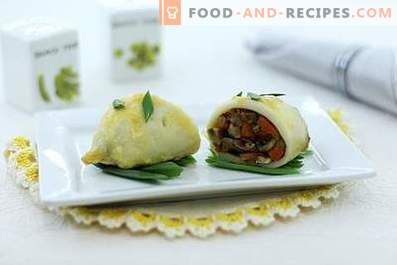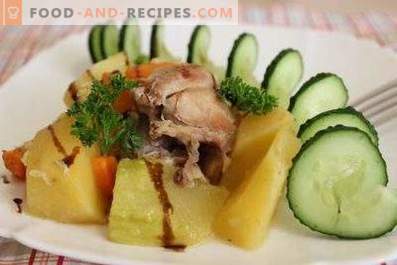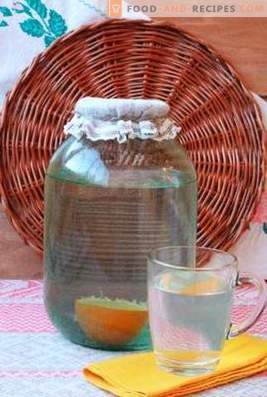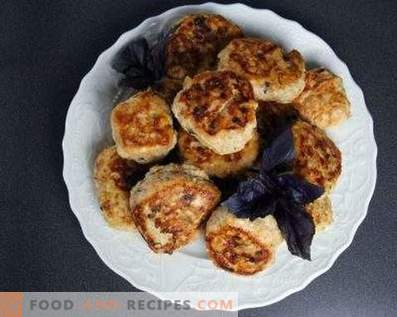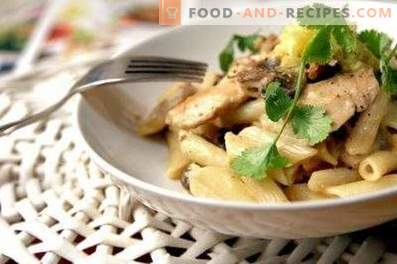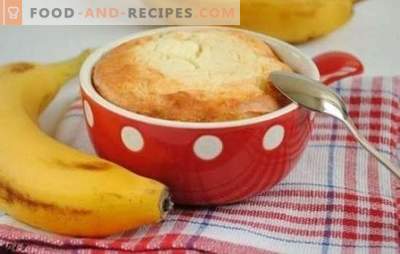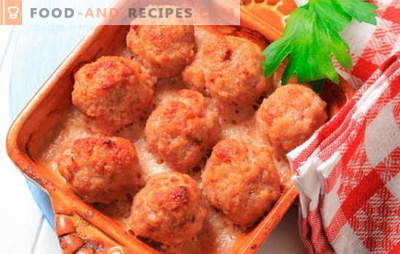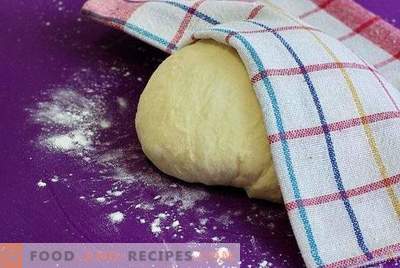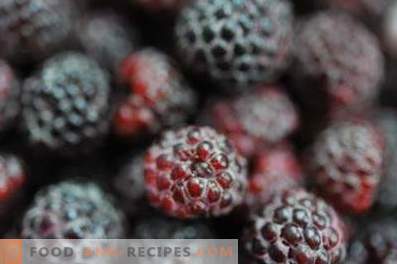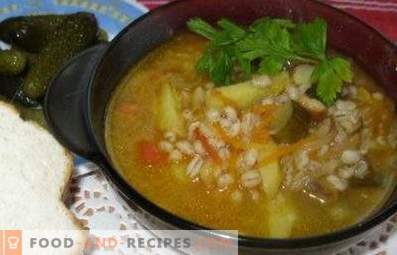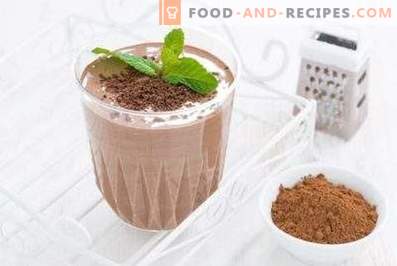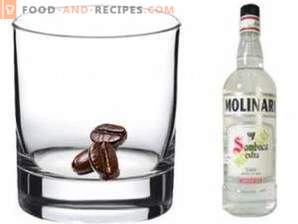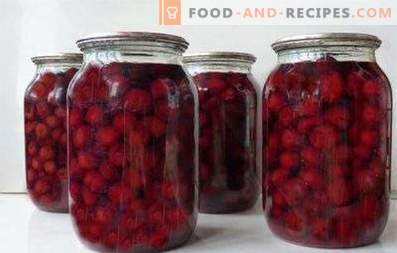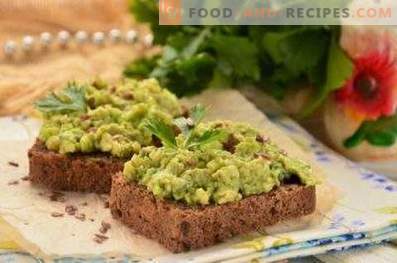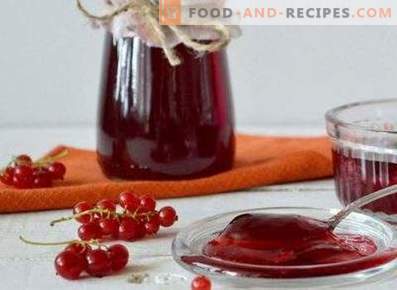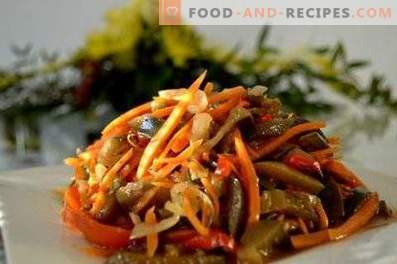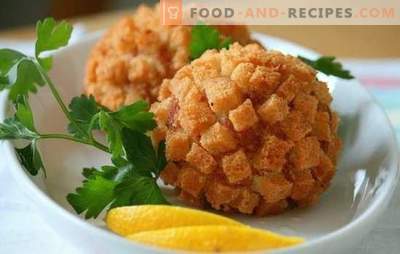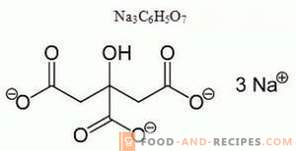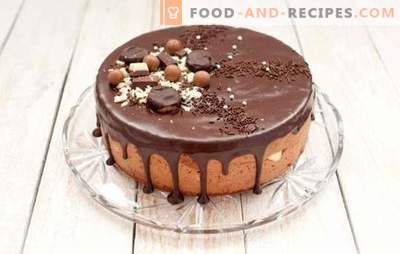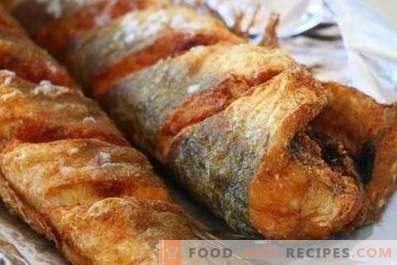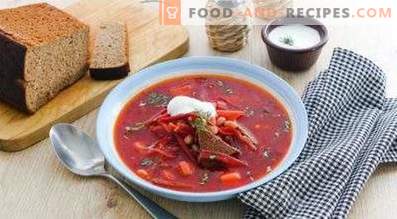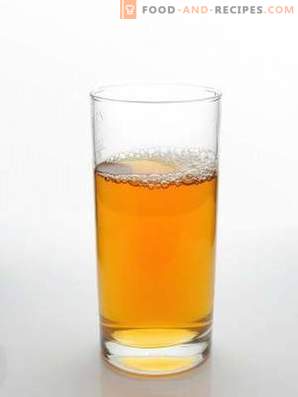
Almost everyone knows that juice is healthy and needs to be drunk regularly. Especially in the shops it is now abound. But can it be said with confidence that store juices meet the requirements of GOST?
Therefore, many juice lovers and those who lead a healthy lifestyle, try to prepare juices from fruits, vegetables and berries that are available.
Apples, perhaps, the most affordable raw material for making juice. They can be bought even in winter.
Hostesses who harvest large quantities of apple juice purchased a juicer for this. True, given its considerable cost, many act in the old manner, using the proven “old-fashioned” method - they get apple juice through the press.
If there is no press, a small amount of juice can be obtained with the help of available tools: a blender, meat grinder, or a conventional grater. But in this case, you have to make a small physical force.
General requirements for making juice from apples
Apple juice can be cooked with pulp, made clarified or unclarified.
It is best to use for this apple varieties Antonovka, Grushovka, Anis, Shtreyfling.
To make it easier to squeeze the juice out of apples, they are crushed in a meat grinder, in a blender or tinder on a grater.
When grinding, it is not necessary to turn the apples into porridge, because then it will be very difficult to squeeze the juice out of them.
For pressing using a hand press or squeeze the juice using a conventional canvas cloth, which can be sewn into a bag. The press can be a glass jar filled with water and placed on a bag with grated apples.
When spinning a lot of pulp remains. To get the juice of the second spin, pulp is poured with a small amount of water, heated, and then pressed again. Both types of juice do not mix. The juice of the second spin, and sometimes the third, is suitable for boiling compote or jelly.
Particular attention should be paid to the rate at which the spin is produced. With fast pressing, the juice turns turbid, as small pieces of pulp are punched through the fabric along with it. They clog the cloth, and the process of juicing slows down.
But letting the drip of juice through the cloth flow by itself is not worth it either. With prolonged contact with air, the juice may begin to turn sour.
Fresh apple juice is almost always obtained with pulp. Meanwhile, there are ways by which the juice can be lightened. However, it takes a little time.
Apple juice can be mixed with juice from other fruits or berries. For example, a very tasty mix is obtained by combining apple juice with pear or rowan juice.
With a quality spin of about 10 kg of apples, about 5-6 liters of juice are obtained (it all depends on the juiciness of the apples).
Methods of making juice from apples without a juicer differ from each other by the degree of complexity. This will be discussed below.
Preparing Apple Juice with a Beater
If you need to make 1-2 cups of juice, you can use a regular grater. You will also need a napkin made of coarse, durable fabric or gauze folded in four, and two bowls: one for grated apples, the other for juice.
- Pick ripe, juicy apples without damage. They should not be brown spots that would talk about their overripe condition. Wash fruits, peel. Then cut into several pieces, remove the core with the seeds.
- Rub the apple slices on a fine grater.
- Cover with a cloth (gauze) bowl. Put on a napkin wiped apples.
- Lift the edges of the napkin up, twist them, erecting a bag. Start squeezing the juice, gradually increasing the pressure.
- Pour juice into a glass. As you can see, nothing complicated!
Preparing Apple Juice with a Blender
- Wash ripe, juicy apples, cut into several pieces, remove the core. Slices of apples, along with the skin, grind in a blender to obtain small pieces.
- Crushed apples fold into a napkin or pouch, tie a knot, put under the press. Instead of the press, you can use a colander installed on the pan. Place a bag of ground apples in a colander. Put a wooden circle on it, on which put a three-liter jar of water. Leave for a while.
- When the juice no longer stands out, pour it into a jug, and put the pulp in a small enameled pan, add a little hot water (take 200 ml of water for 1 kg of mash) and put it on fire. Boil for about 10 minutes.
- The pulp prepared in this way is pressed again under pressure. Use this juice diluted with water for cooking compote, for making jelly.
Note: the juice of the first spin can be preserved. To do this, strain it through a coarse cloth, drain it into a saucepan and heat to 85 °. Boiling at this temperature does not occur, but steam will rise from the pan. Hot pour the juice into sterilized cans and immediately roll up hermetically.
Preparing Apple Juice Without Juicers: Method Three
- Wash ripe apples, cut them into slices, while removing the seed chambers.
- Fold the chopped fruit into an enamel pot.
- Pour water so that it covers the slices completely. Put on the fire and bring to a boil.
- Remove the pan from the stove, close the lid and leave it on for a few hours.
- Pour broth into clean dishes. Apples put in a colander, covered with several layers of cheesecloth. Lightly squeeze. Add to the already existing juice.
Note: if you want to keep this juice until winter, then bring it to a boil, boil for 3-5 minutes, pour into sterile jars, hermetically sealed.
Mistress of the note
If the apples before pressing strongly chop, for example, in a blender, the juice can turn out to be cloudy. To lighten it, proceed as follows: pass the juice through a thick cloth, then heat to 85 ° and immediately pour into sterile glass containers, hermetically seal the cork.
Soak up the juice jars soak for 12 days at room temperature. Observe the status of the juice. If you notice that the juice has become cloudy or fermentation has begun, then open the cans, pour the juice into the pan, boil for 5 minutes. This juice should be used as quickly as possible, for example, for cooking compote or jelly. Also from this juice you can make wine.
Those cans with juice that have stood the trial period, put in a dark cool place for 1-2 months. If you do not move them from place to place, then during this time there will be a clarification of the juice and it will become transparent.
